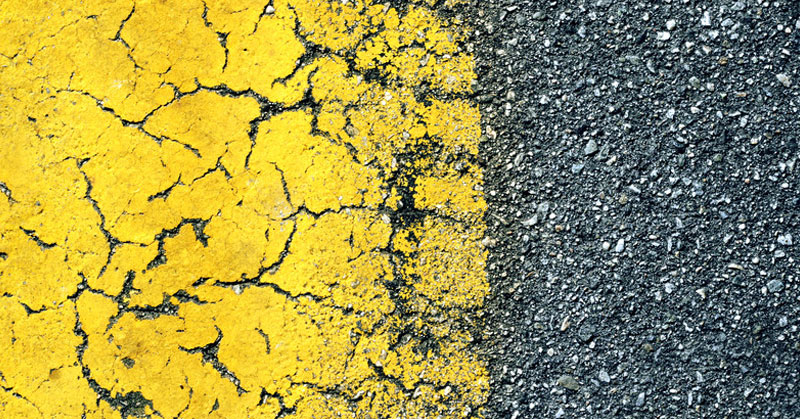Asphalt is an extremely durable paving surface that can last for years with proper care and maintenance. It not only holds up well in a variety of weather conditions, but it is also cost-effective, quick to install, and extremely eco-friendly, due to the fact that it is the most commonly recycled material in the U.S. In short, there are a lot of reasons to choose asphalt when paving a driveway, roadway, or parking lot.
That said, asphalt is not indestructible, and over time, it can definitely suffer from wear and tear that causes damage and deterioration. With regular maintenance, including repair, resurfacing, sealcoating, and so on, you can keep your asphalt looking great and functioning at peak capacity for years. However, you shouldn’t be surprised if you eventually start to notice cracks forming. What causes asphalt pavement to crack?
Sun
When the surface of your asphalt is properly protected with sealcoating, the elements, including sun, rain, and snow, should not have a negative impact. However, this protective coating will wear away over time, and this is when the oxidation begins to occur under the assault of the sun. When this happens, the surface of asphalt can dry and become brittle, leading to the formation of cracks, chips, and worsening damage.
Water
When installing asphalt, drainage should be one of your top concerns. Moisture can cause serious problems with your asphalt, especially if water penetrates to the base layer of asphalt and pools. When this occurs, the base can shift, settle, and generally create conditions that destabilize the asphalt and lead to cracking and serious damage.
With sun damage, repairs and sealcoating may be able to correct the problem and extend the usable life of your asphalt. When you’re dealing with water damage, chances are you’ll eventually have to replace asphalt in order to regain stability. This is why it’s so important to install proper drainage or opt for permeable asphalt if water is a concern.
Fatigue
Fatigue cracking, also known as crocodile cracking (due to the textured pattern of interlaced cracks), is generally related to overloading, although improper installation and environmental factors could also play a role. If the surface base or subbase is not adequate to support traffic load, the asphalt will eventually fail and the result will be fatigue cracking.
If it goes untreated, potholes and other serious damage can occur. Ideally, preparations for asphalt installation will take load forecasting and environmental conditions into account in order to prevent fatigue cracking, but if it occurs, speedy remediation is a must to salvage the surface.
